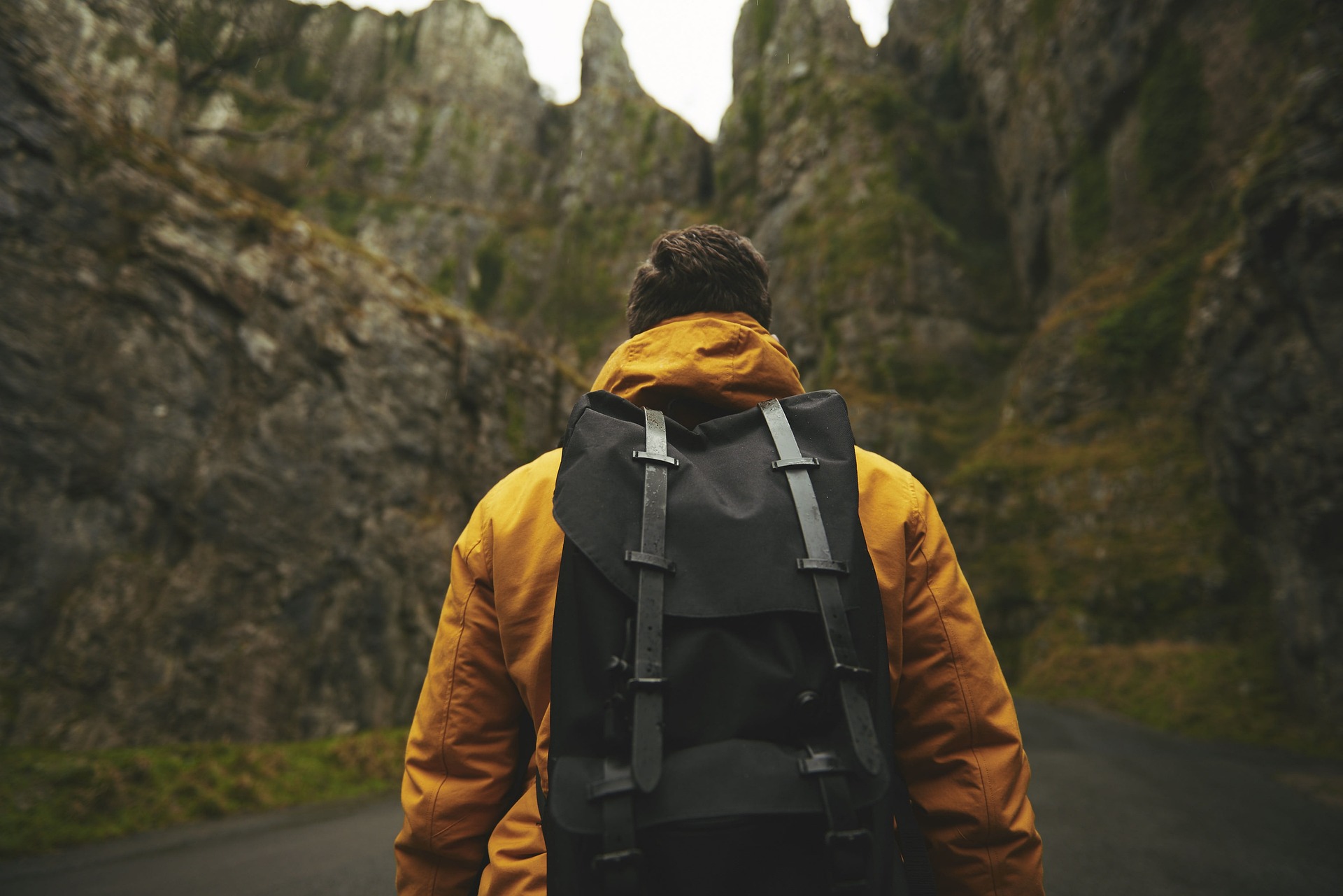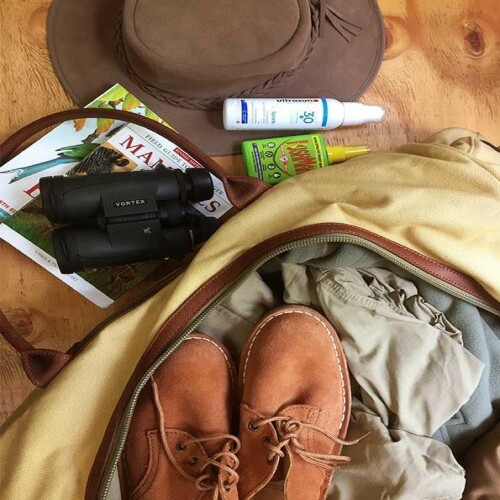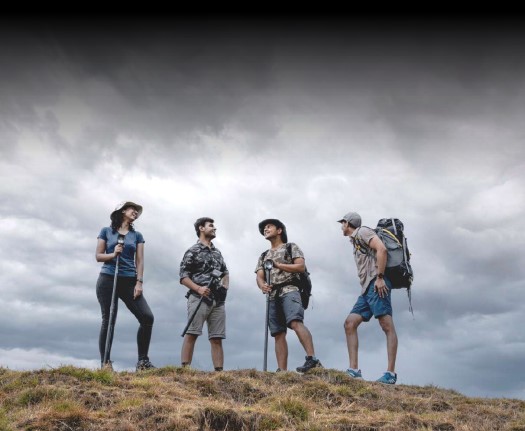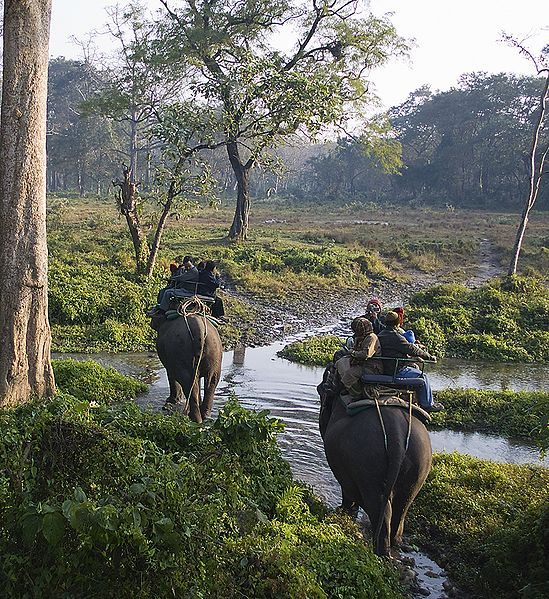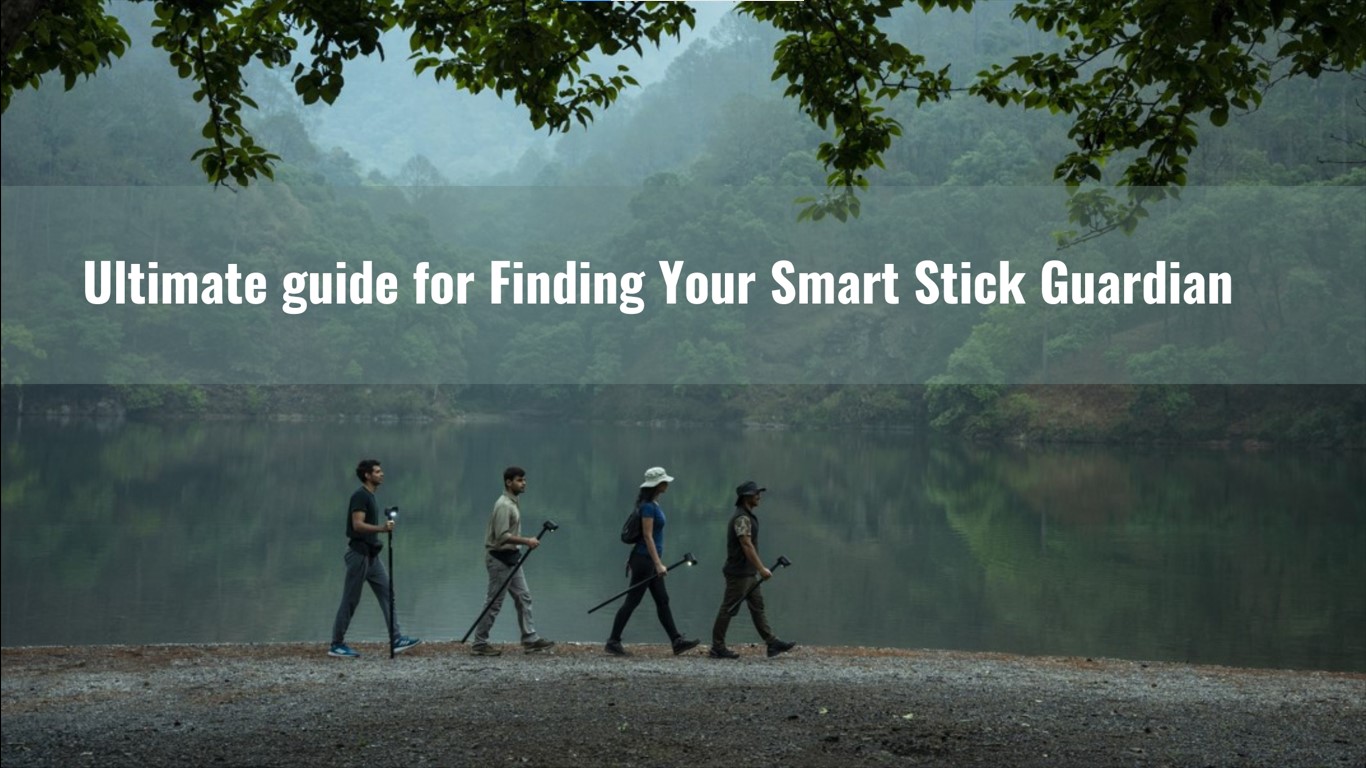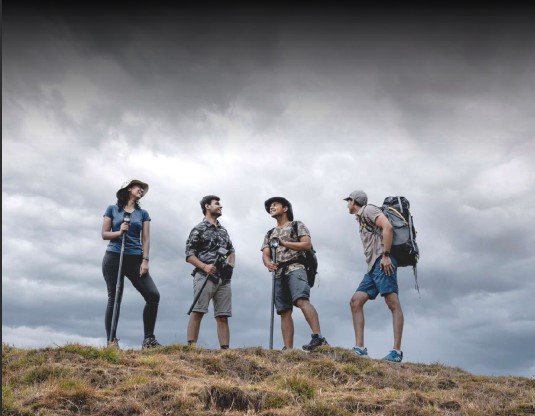Safety is a fundamental concern for humanity, and throughout the ages, the stick has played a pivotal role in ensuring our well-being. The evolution of the stick, from its early origins as a basic spear to its modern manifestation as a smart stick, highlights its remarkable journey in enhancing safety. Over time, the stick has evolved and adapted, becoming a versatile tool that addresses the ever-changing safety needs of individuals and societies. In this article, we delve into the captivating story of the stick’s evolution, exploring how it has transformed from a primitive weapon to a high-tech safety device.
Evolution of the Stick

from the primitive spear to the smart tool.
Discover the fascinating roles it has played in safety, support, and beyond.
1. Early Ages
From the earliest days of human civilization, the stick has been an essential tool, evolving to serve multiple purposes throughout history. Initially used as a walking aid, it quickly became apparent that the stick had far more to offer in terms of safety and self-defence.
In ancient times, early humans recognized the value of carrying a stick for protection. Decorated with stones and hatchets, these sticks served not only as walking aids but also as reliable weapons. Even today, gorillas can be observed using sticks for assistance in the wild, demonstrating the stick’s inherent connection to safety.

2. Ancient Egyptians
In ancient Egypt, sticks held great significance, serving both practical and symbolic purposes. These sticks were not just aided for walking but also played a crucial role in enhancing safety and showcasing social status.
Egyptian rulers were often seen wielding sticks that varied in length, ranging from 90 cm (3 feet) to 180 cm (6 feet). Adorned with ornamental tops, such as carved metal lotus flowers or scarab beetles, these sticks became symbols of long life and power. The more elaborate and decorative the stick, the greater the indication of a person’s seniority and importance in society.
Beyond their regal appearance, walking sticks in ancient Egypt served as tools of defence. They provided a means of protection for both soldiers and civilians, offering defence against human assailants and wild animals alike. These sturdy sticks enabled individuals to ward off potential threats and navigate treacherous terrains, thus enhancing their safety during daily activities.
The ancient Egyptians utilized throwing sticks as hunting tools for capturing small game and waterfowl, as depicted in numerous wall paintings. Tutankhamun, a pharaoh of the 18th dynasty, was renowned for his passion for duck hunting and prominently employed throwing sticks during his hunting expeditions.

3. Middle Ages
During the Middle Ages, a remarkable evolution took place in the use of sticks, as they transitioned from simple walking aids to versatile weapons that enhanced safety and protection for individuals.
One notable example is the quarterstaff, a traditional European walking stick that doubled as a formidable weapon. Typically crafted from a solid hardwood shaft measuring 6 to 9 feet (1.8 to 2.7 meters) in length, the quarterstaff served a dual purpose: assisting in walking and providing a means of self-defence.
Originally known simply as a “staff,” it became widely recognized as a quarterstaff due to its gradual reduction in length. The quarterstaff derived its name from the notion that it was one-quarter the length of a long staff, which was traditionally used in battle. This adaptation made the quarterstaff more manageable and easier to wield.
In the legends of Robin Hood, the quarterstaff played a prominent role. According to various versions of the story, Robin Hood engaged in fierce combat with adversaries such as monks or his loyal companion, Little John, using his exceptional skills with the quarterstaff. This portrayal highlights the stick’s effectiveness as a weapon and its ability to ensure personal safety in dangerous situations.

4. Martial Art
In Asian martial arts, stick-based combat techniques gained prominence. Styles such as Arnis, Kali, and Escrima from the Philippines, as well as Bojutsu from Japan, emphasized the use of sticks for self-defence and combat. Practitioners honed their skills in striking, parrying, and disarming opponents with precise stick movements, showcasing the stick’s versatility as a formidable weapon.
Even Civilizations like Egypt, Greece, and Rome integrated sticks or staff into their combat practices, allowing soldiers, guards, and civilians to defend themselves against adversaries and wild beasts alike. These early traditions laid the foundation for the stick’s enduring presence in martial arts.
In the realm of Indian martial arts, the evolution of sticks as a crucial element has significantly contributed to the enhancement of safety and self-defence techniques. Traditional forms have embraced the utilization of sticks as a means to safeguard oneself and others. Kalaripayattu, originating from Kerala, encompasses stick-based combat techniques alongside unarmed combat and weaponry. Similarly, Silambam, hailing from Tamil Nadu, focuses predominantly on stick fighting, employing bamboo sticks to execute strikes, blocks, and intricate footwork manoeuvres.

5. Renaissance period
During the Renaissance period, the evolution of sticks took a significant turn, both in terms of design and function, greatly contributing to human safety and self-defense. The emergence of new weapons and fighting techniques revolutionized the concept of stick-based combat.
One notable development during this period was the rise of the rapier, a slender and agile sword. This shift in weaponry influenced the evolution of the walking sticks into a dual-purpose tool. Sturdy and discreet, walking sticks were modified with hidden blades, transforming them into concealed self-defense weapons. This allowed individuals to maintain a dignified appearance while still being prepared for potential dangers.
Additionally, the Renaissance period saw the rise of various stick-based martial arts systems, such as La Canne and Bartitsu. These systems focused on teaching individuals how to effectively wield sticks for self-defence purposes. The training involved techniques to strike, parry, and disarm opponents using a cane or stick. By mastering these skills, individuals could protect themselves in confrontations, ensuring their safety in a time when personal security was of utmost importance.

6. Industrial revolution
As the rapid advancements in technology transformed society, walking sticks and canes became more than just fashion accessories; they became practical tools for navigating the changing urban landscape. With the rise of crowded cities and uneven pavements, walking sticks provided stability and support, reducing the risk of falls and injuries.
The industrial production techniques allowed for the mass production of walking sticks and canes, making them more accessible to a wider range of people. The introduction of sturdy materials such as metal and reinforced wood increased their durability, ensuring they could withstand the demands of urban environments.
Beyond walking aids, sticks also played a significant role in occupational safety. Workers in industries such as mining and construction used sticks as tools for various purposes. They provided support during manual labour, helped navigate hazardous terrain, and assisted in maintaining balance while working at heights. Sticks were also used for signalling and communication between workers, ensuring efficient and safe operations.
In addition to their practical applications, sticks continued to serve as personal defense tools during the Industrial Revolution. With the rise of urbanization and increased crime rates, carrying a walking stick or cane provided individuals with a means of protection. One notable example is the “swordstick,” a walking cane with a concealed blade inside. These swordsticks allowed individuals to discreetly carry a weapon for self-defense while appearing innocent and non-threatening.

7. Nineteenth Century
In the 19th century, the evolution of sticks took a significant turn towards prioritizing human safety and well-being. During this time, walking sticks transformed fashionable accessories to practical mobility aids. The focus shifted from social status to functionality, catering to the needs of individuals with mobility challenges.
One notable development during this period was the introduction of the white cane. Initially designed to aid the blind, the white cane became a powerful symbol of assistance and recognition. It provided individuals with visual impairments the means to navigate their surroundings safely, offering them increased independence and confidence.
The standardization of walking sticks in the 19th century also played a crucial role in enhancing human safety. By streamlining the design and manufacturing process, walking sticks became more reliable and consistent in terms of their usability and effectiveness. The emphasis shifted towards creating sturdy and ergonomic designs that could provide better stability and support for those in need.

8. Modern Ages
In modern times, the evolution of sticks has taken on new dimensions, with a strong focus on enhancing human safety. Sticks have evolved beyond their traditional roles and have become an integral part of various safety and self-defence tools. One notable example is the emergence of expandable batons, commonly used by law enforcement personnel and security professionals. These batons are compact and easily concealable when retracted, but can be swiftly extended to provide a reliable means of defence and control.
Additionally, the concept of a “smart stick” has emerged, combining technology and safety features to empower individuals in various situations. These smart sticks often come equipped with built-in LED lights, distress alarms, and even GPS tracking capabilities, providing an added layer of personal safety. They are particularly useful for outdoor enthusiasts, hikers, and adventurers who venture into remote or unfamiliar terrains.

Another aspect of the modern evolution of sticks lies in their application in non-lethal self-defence devices, such as stun batons and pepper spray sticks. These devices utilize the stick’s design and structure to deliver incapacitating effects, providing individuals with a non-lethal option to protect themselves while minimizing the risk of causing permanent harm.
Conclusion
The fascinating evolution of the stick, from its early origins to its modern-day iterations as a smart tool, underscores its inherent connection with safety. Throughout history, the stick has been a versatile and reliable companion in enhancing our well-being. It has served as a walking aid, a self-defence tool, and a symbol of power, adapting to address the ever-changing safety needs of individuals and societies. From ancient civilizations to the present day, the stick’s journey exemplifies its unwavering role in promoting safety and its enduring significance in our quest for a secure environment.
Related Articles
Check out Kyari for more such unique and informative content.
Shop Smart Stick
Shop your Smart Stick here !!










